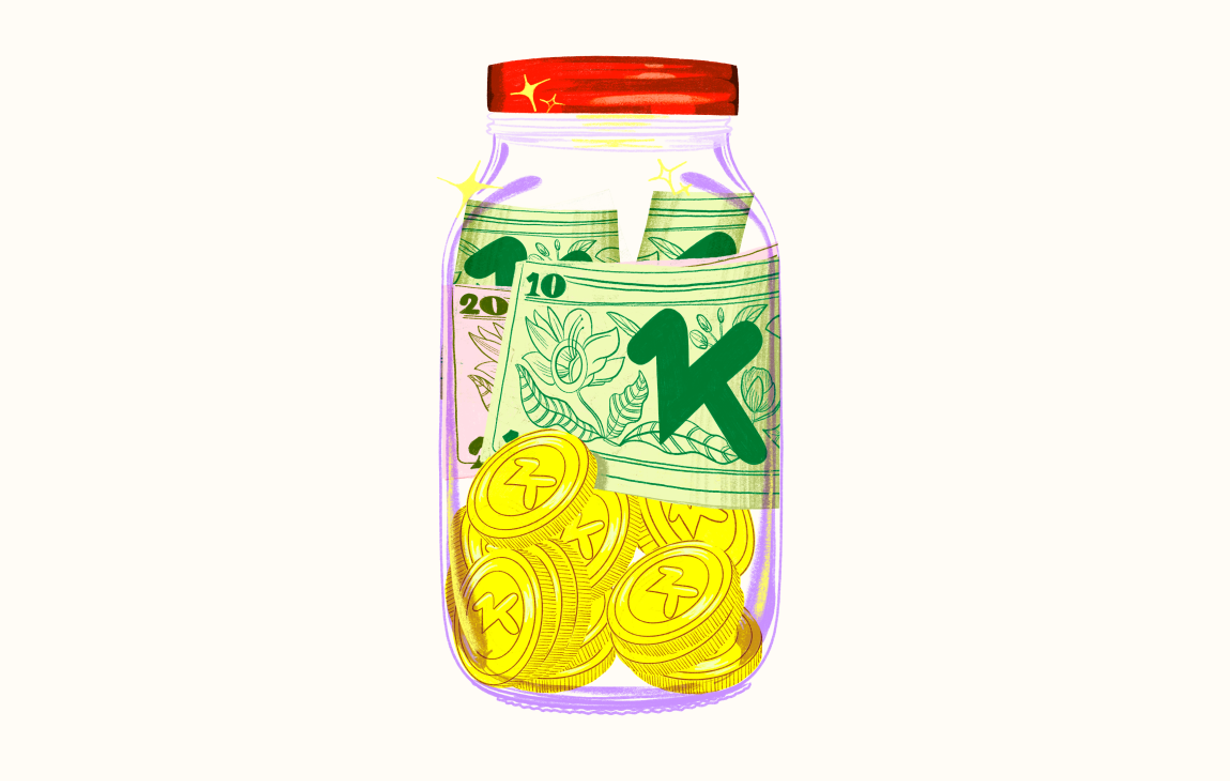High interest savings that hustle as hard as you
In practice, it’s very hard to buy a house in Canada with truly $0 down.
Most traditional mortgages require at least a small down payment (for example, a minimum percentage of the purchase price), and on top of that you still need closing costs like legal fees, land transfer tax, and inspections.
There are ways people sometimes get into a home with “no money of their own” (like gifts from family or borrowing the down payment), but the lender still wants to see where that money is coming from and that you can comfortably handle the payments.
So while the classic “walk in with $0 and get the keys” idea isn’t realistic for most buyers, there are ways to work toward a home even if you’re starting from scratch.
KOHO Everything to Build a Down Payment Faster
If you can’t skip the down payment, the next best move is to grow it as efficiently as possible and keep your cash organized.
With the KOHO Everything plan, you get:
Grow your savings with 3.5% interest, one of the highest rates in Canada
Earn a 2% cash back rate on groceries, eating, drinking, and transportation and 0.5% cash back on everything else
There are no foreign exchange fees, so you save on international purchases and travel
Unlimited transactions and free e-transfers
No minimum balance required, ever
Reach your savings goals faster by earning interest with KOHO
What “No Down Payment” Sometimes Really Means
When people talk about “no down payment,” they’re often actually doing one of these:
Gifted down payment – A family member gives you money for the down payment and signs a gift letter.
Borrowed down payment – Using a line of credit, personal loan, or credit card advance to cover part of the down payment (lenders will still factor these payments into your debt ratios).
Vendor take-back or special programs – In rarer cases, the seller or a special program helps with part of the initial cost, but you’re still paying in some way over time.
In all of these, you do still have a down payment—it’s just not all coming from your own savings.
A More Realistic Plan
Instead of chasing “$0 down,” it’s usually smarter to:
Set a target (e.g., 5–20% of a price range that matches your income).
Build an emergency fund first so you’re not house-poor the day you move in.
Use a high-interest, low-fee setup account to grow your cash and keep it organized.
Talk to a mortgage professional about how much you can safely afford and what minimum down payment applies to your situation.
You’ll go into homeownership with less stress and more breathing room, which matters more than rushing in with nothing down.

About the author
Quan works as a Junior SEO Specialist, helping websites grow through organic search. He loves the world of finance and investing. When he’s not working, he stays active at the gym, trains Muay Thai, plays soccer, and goes swimming.
Read more about this author